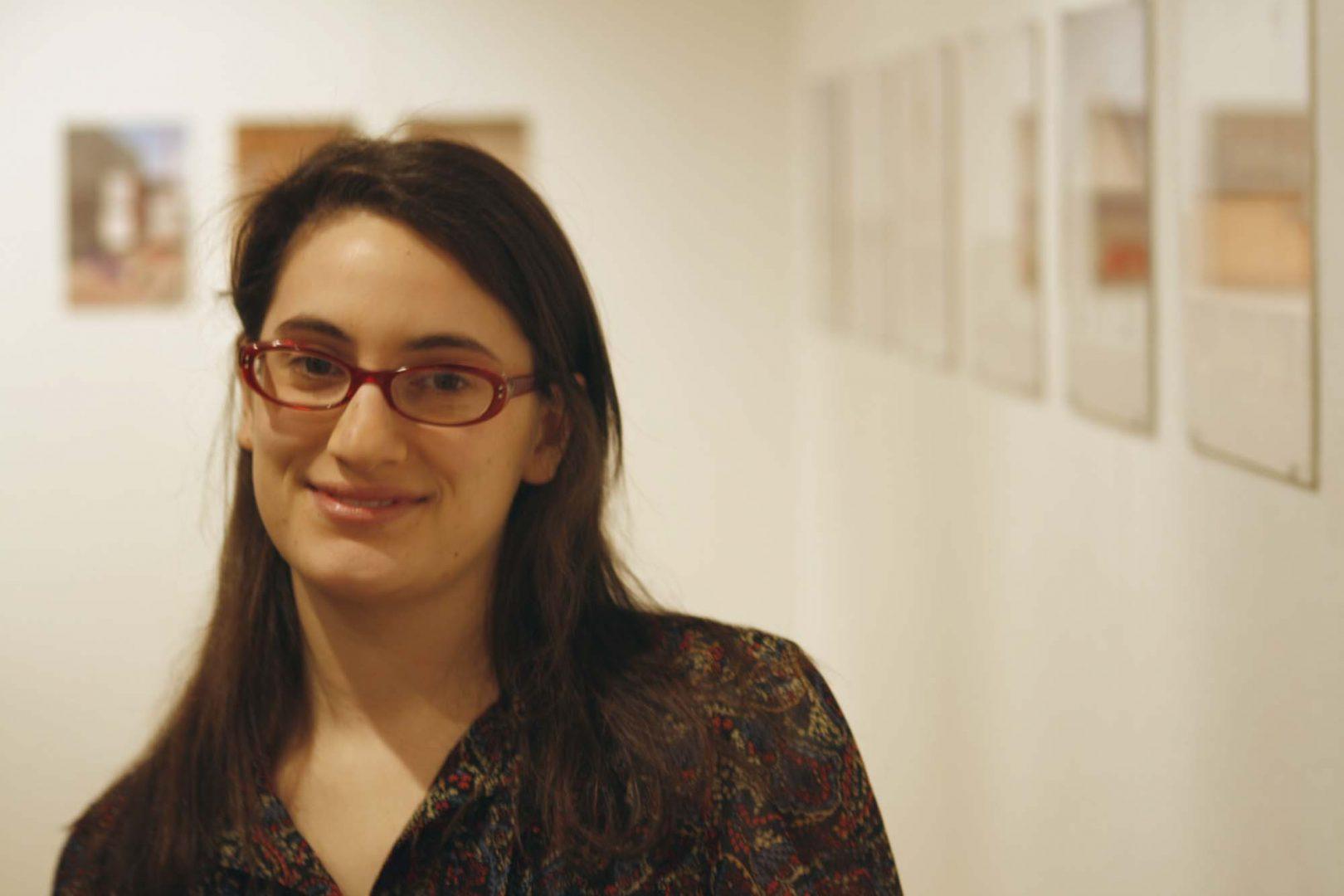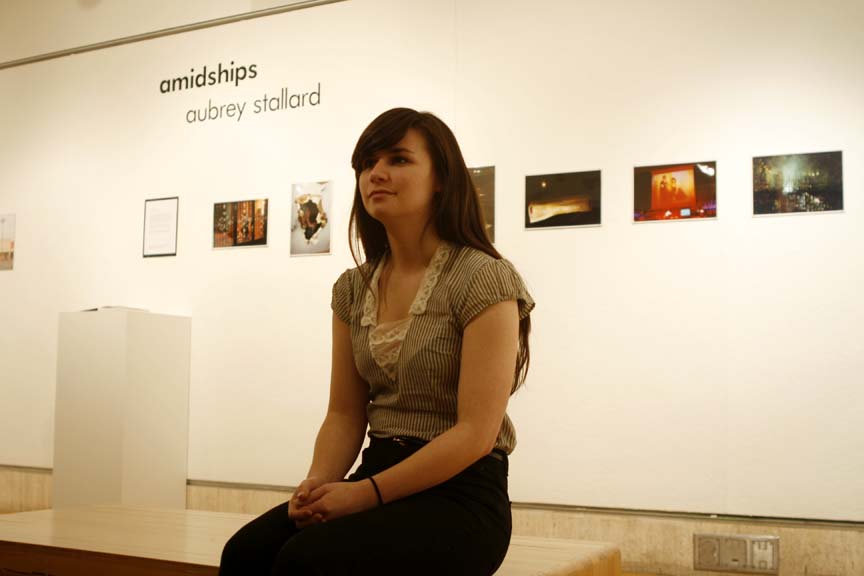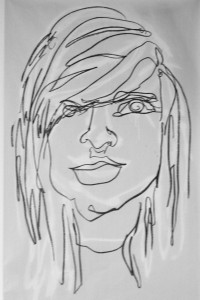Senior Show Spotlight: Stephanie Butikis, Charlotte Canner and Aubrey Stallard
June 19, 2011
Published: March 12, 2009
Every spring semester, the visual arts department showcases the work of a selection of senior arts majors who have been working on their thesis projects throughout their final year at Fordham College at Lincoln Center. The Arts & Culture section will highlight these exhibitions as they change every two weeks.
Charlotte Canner

“My senior photography project is about ‘unused commercial spaces.’ I became interested in the subject after exploring a plaza in my hometown in Connecticut that has been empty for over a decade. It bothered me how huge stores and plazas like this were being left to rot while new land was being bulldozed and built on. I began documenting the abandoned plaza, as well as other buildings in similar conditions and found a variety of structures in varying states of disuse. Evidently it is easier and cheaper for most businesses to clear new land and build from scratch than it is to knock down or renovate previously used buildings. And as our economy worsens, more and more businesses are closing, leaving behind their giant skeletons. My photographs also show how the buildings themselves are a form of branding. Although most of the signage is gone, several of the past businesses can still be recognized based on their buildings’ shape and design. These distinct designs make it even more difficult for the building to be reused. I photographed the buildings straight on, using the literal and descriptive power of the camera to present the subject unadorned and un-manipulated. The images reveal the disposable nature of possessions and property in our culture and convey the pervasive conflict between man and nature, profit and environment.”
Aubrey Stallard

“Amidships is a collection of color 35mm photographs which act collectively as a sort of scrapbook of feelings and ephemeral moments which reflect some sense of ‘home’ for me—a refuge, be it literal, figurative or emotional. My subject matter varies in the most literal sense—an enticing window, a warm patch of light, eye contact—but all reflect some sense of acceptance, warmth, ‘home.’ In many cases, this homelike comfort I seek through my lens is a vicarious one, experienced at various moments of my day as I walk home from the train or wander a lonely neighborhood, and captured in these photographic moments are mementos of a fleeting maternal warmth that peeks out at me in various guises. However, I never manage to fully possess that ‘home’; I am constantly reaching for it but never quite grabbing it. So I remain an outsider, but a comfortable one. I am content to experience such moments of ‘homeness’ even without being fully accepted into them, as the process of the search would simply end if I were.
A transplant to New York from New Orleans who is in the process of transition from carefree youth to responsible adulthood, I am currently in search of a ‘home’ in each of these senses, a search which has subconsciously given rise to this set of photographs.”
Stephanie Butikis

“I have created a series of ‘self-portraits’ that are neither realistic nor natural in their appearance, and are perhaps entirely ridiculous. The gestural hand, obscenely unnatural color combinations and unrealistic scale of features all help emphasize these notions. Using spray paint, I create a hazy, blurry background with spray paint that somehow simultaneously recedes and dominates when challenged by the hard edge of the oil bar. The faces struggle both optically and spatially as the colors and lines compete for the foreground, which also suggests the presence of a personal struggle with what is seen versus what is shown. My portraits should pose questions about the natures of self-perception, self-worth and image recognition. In thwarting the traditional notion of the ‘self-portrait,’ while still consciously retaining some qualities, I wish to provoke thought about representation, both realistic and personal. By recreating my image through bold gesture and inorganic, exaggerated shapes, I hope for these drawings to communicate a conflicted, insecure, unstable, angry and frustrated persona.”









